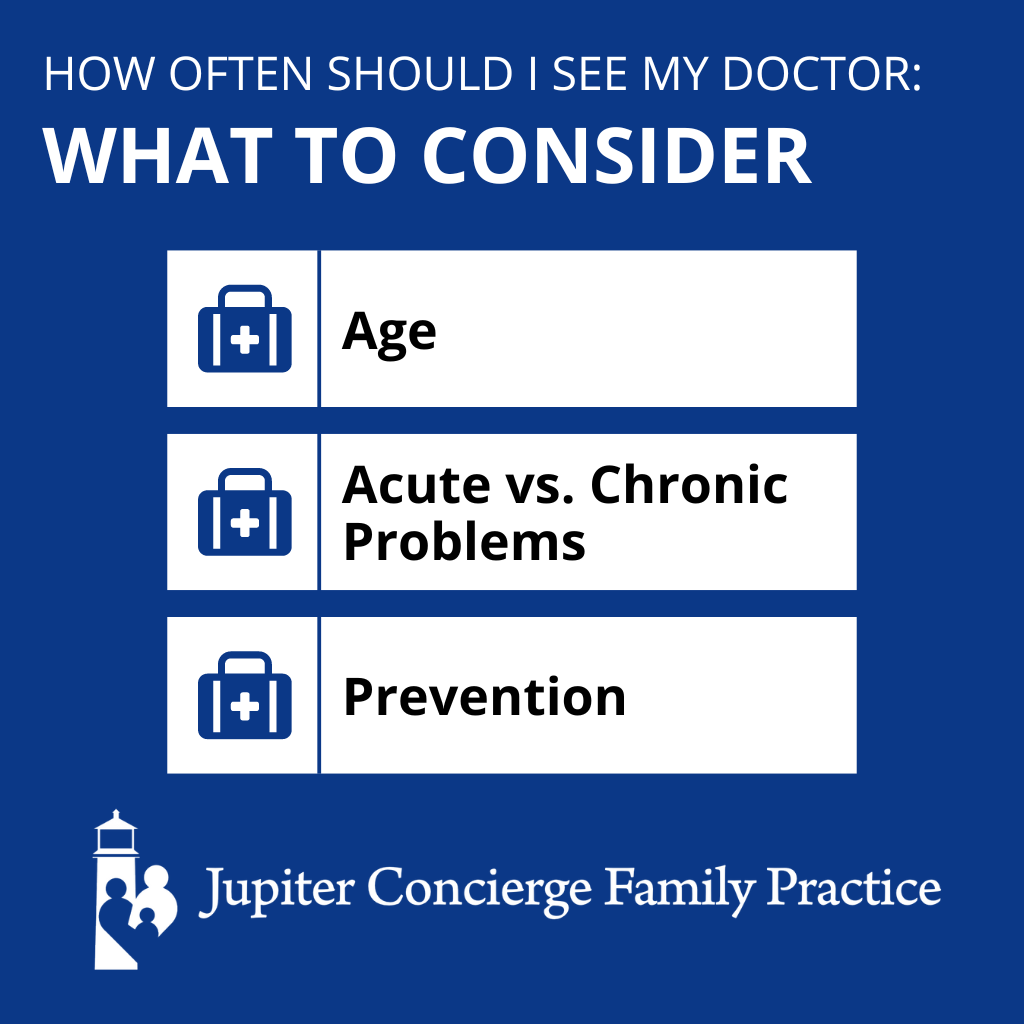
Goals are funny things. They help us get where we want to be, but they require a certain amount of tending and attention. It’s not enough to think about a desired outcome once.
Imagine you’re on a flight from Miami to Los Angeles. Does the pilot announce “Los Angeles!” over the intercom, aim for California, and sleep until touchdown? Of course not. Small adjustments need to be made throughout the entire flight to keep the plane on course; otherwise, you end up in Idaho.
Attention is required. As with planes, so with goals.
If you’re well-versed in self-development, you know accountability is a huge part of accomplishing goals. The same is true for health goals. Many of us practice this automatically when it comes to physical fitness, partnering up with a friend to exercise or hiring a personal trainer. Both are excellent ways to stick to a fitness goal (and avoid getting hurt at the gym).
In areas like diet and exercise, we often avail ourselves of people in our lives to serve as resources and accountability partners. But did you know your primary care physician can — and should, in my opinion — be a resource and an accountability partner for making sure you reach your health goals?
If your physician interactions are limited to once-yearly doctor appointments, however, it’s possible you could miss some necessary course corrections along the way.
Your Physician as a Health and Accountability Partner
When your physician is your accountability partner in the pursuit of your health goals, you’re more likely to attain — and maintain — those goals. You can get out in front of problems this way, and those problems are easier to resolve. But for that philosophy to bear out, you may need to shift away from the conventional wisdom of “yearly doctor appointments.”
In order to be a true partner for you, your physician must know you, your health history, and your health goals. This happens by seeing you more than once per year.
When you visit your doctor regularly, you shift from a reactive to a proactive stance. When your physician already has a firm understanding of your medical background and history, they can focus more directly — and with a full context — on acute issues when they arise.
How Many Visits Do I Need Per Year?
We’ve made the case for visiting your doctor more than once annually, but how many times should you go each year? Two? Four? Monthly? There’s certainly a point where additional visits are unnecessary. You want your appointments to have meaning, so where’s the sweet spot?
The answer is it depends. Here’s a general guideline of factors:
1. Age
Not everyone needs to see their physician three or four times per year. Adults under the age of 50 who are perfectly healthy can get away with a yearly doctor appointment, though twice-yearly could be beneficial to provide more room for prevention. At a minimum, though, younger, healthy people should be doing yearly blood work.
As we age, it’s important to see our doctor more often. People in their 50s and 60s should visit at least twice per year, once for a physical and once for a follow-up appointment.
Around age 80, it’s time to start visiting the doctor every two months. Things happen quickly at that age, and it’s important to stay on top of those changes.
2. Acute vs. Chronic Problems
If you have chronic health problems, regardless of your age, you’ll need to visit your physician more often. People who live with chronic illness should probably be seen every three months, depending upon the severity and type of their condition.
People who are on medications may need routine blood work every three to six months, depending on what they’re taking.
On top of visits for ongoing issues, be sure to see your doctor when you have an acute infection or problem. Waiting for your annual physical to discuss acute problems makes more problems. You can worsen a condition by waiting. Plus, your acute issue will take precedence over any preventative measures, which could cause more problems down the road.
3. Prevention
Although functional medicine physicians are always practicing preventative medicine by nature, time needs to be set aside purely for preventative health visits. For that reason, I view sick visits and preventative health visits as two separate appointments.
It’s important that routine, preventative visits are reserved for an overall review of systems. This allows us to be proactive partners toward your heath goals, regardless of your age and state of health.
Yearly Doctor Appointments: Final Thoughts
Over time, human health declines. That’s a fixed aspect of human reality. The question is, what kind of flexibility do we have within that reality?
Thinking of your physician as a true partner in your health — one who can help you make those little adjustments that keep you on your flight path — may be a paradigm shift, but it’s a vital step toward health and longevity. Visiting your doctor regularly enough for your current state of health is a powerful way to increase health and happiness.


